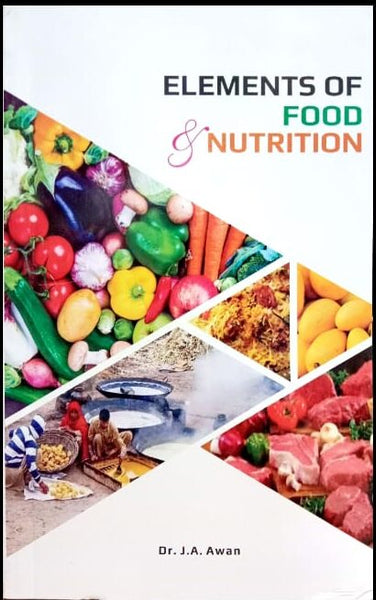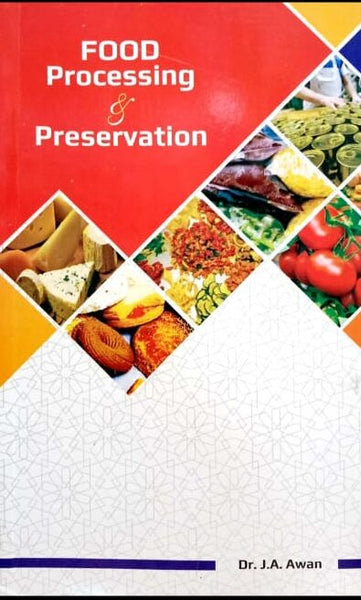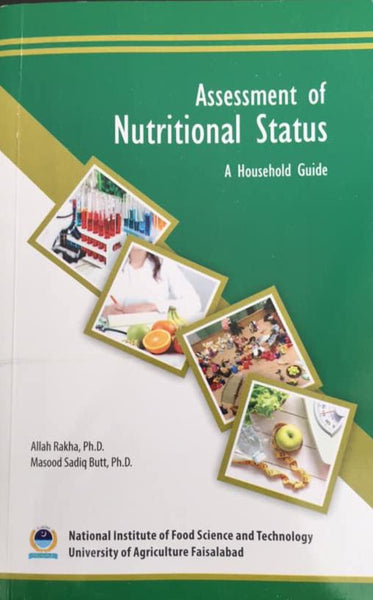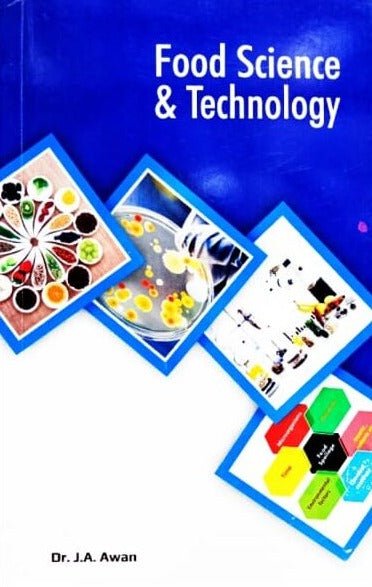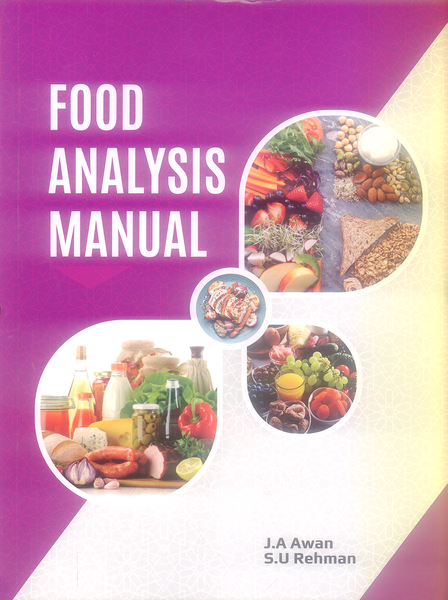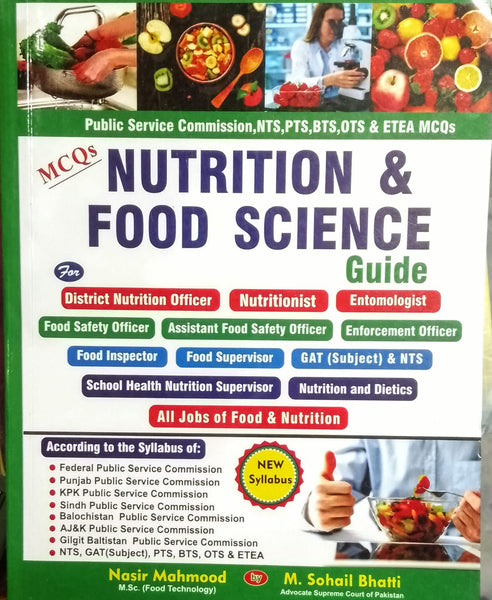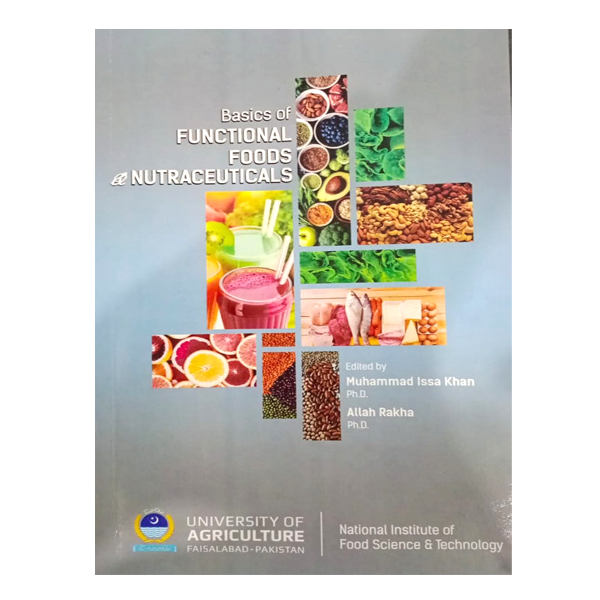Food Preservation Process Design By Dennis R Heldman
- Publisher: FOOD SCIENCE & TECHNOLOGY
- Availability: In Stock
- SKU: 51944
- Number of Pages: 356
Rs.1,630.00
Rs.2,295.00
Tags: affordable prices , Air Drying , best books , best books online , Best Price , best prices , Best Selling Books , best shop , BestBuy’s , Book Shop , Book shopping , bookshop , bookshop Multan , bookshop near me , bookshop online , bookshop online Multan , bookshopPakistan , buy online books , Canning , Consumer Acceptance , Contamination Prevention , Convenient Shopping , Dehydration , Dennis R. Heldman , digital shopping , Edibility , Engineering Principles , Environmental Protection , Food Aroma , Food Distribution , Food Engineering , Food Flavor , Food Handling. , Food Industry Standards , Food Longevity , Food Preservation , Food Preservation Process Design , Food Products , Food Safety , Food Storage , Food Supply , Food Technology , Food Texture , Foodborne Illness , Freeze Drying , Freezing , Freshness , good books , good booksonline , HACCP , Industrial Technology , Industry Standards , Internet Shop , Microbial Safety , Nutrient Retention , Nutritional Content , Nutritional Retention , Nutritional Value , Packaging Technology , Pasteurization , Pathogen Control , Preservation Methods , Preservation Techniques , Process Design , Quality Control , Shelf Life , Thermal Processing , Waste Reduction
"Food Preservation Process Design" by Dennis R. Heldman is a comprehensive guide that explores the principles and applications of various food preservation methods. The book delves into the science and technology behind preserving food to ensure its safety, quality, and longevity. It covers a range of techniques, including thermal processing, refrigeration, freezing, dehydration, and packaging, while emphasizing the importance of process design in maintaining the nutritional value and sensory properties of food. Heldman provides practical insights and case studies to illustrate the real-world application of these methods in the food industry.
Key Points:
-
Thermal Processing: This technique involves applying heat to food to destroy microorganisms and enzymes that cause spoilage. It includes methods like pasteurization, sterilization, and canning, which are critical for ensuring food safety and extending shelf life.
-
Refrigeration and Freezing: These methods slow down the growth of microorganisms and enzymatic reactions. Refrigeration is suitable for short-term storage, while freezing is used for long-term preservation, maintaining the food's quality and nutritional content.
-
Dehydration: Removing moisture from food inhibits the growth of microorganisms. Techniques such as air drying, freeze drying, and spray drying are discussed, highlighting their impact on food texture, flavor, and storage stability.
-
Packaging: Effective packaging protects food from physical damage, contamination, and environmental factors. The book covers various packaging materials and technologies, emphasizing their role in extending shelf life and ensuring food safety.
-
Nutritional Value Preservation: The book explores strategies to retain the nutritional content of food during processing. This includes understanding the impact of different preservation methods on vitamins, minerals, and other essential nutrients.
-
Sensory Properties Maintenance: Preserving the taste, color, texture, and aroma of food is crucial for consumer acceptance. Heldman discusses how to minimize changes in sensory properties during the preservation process.
-
Microbial Safety: Ensuring that food is free from harmful microorganisms is a primary goal of food preservation. The book covers methods for detecting, controlling, and eliminating pathogens to prevent foodborne illnesses.
-
Shelf Life Extension: Extending the shelf life of food products reduces waste and ensures a stable supply. The book outlines techniques and strategies for prolonging the freshness and edibility of various food items.
-
Process Design Principles: Effective process design involves selecting appropriate preservation methods and optimizing conditions to achieve desired outcomes. Heldman provides guidelines for designing efficient and effective food preservation processes.
-
Case Studies and Applications: Real-world examples and case studies illustrate the practical application of food preservation techniques in the industry. These examples help readers understand the challenges and solutions in different contexts.
Dennis R. Heldman's "Food Preservation Process Design" serves as an essential resource for food scientists, engineers, and industry professionals seeking to enhance their understanding of food preservation techniques. By integrating scientific principles with practical applications, the book provides valuable insights into designing processes that ensure food safety, quality, and longevity. It is a vital guide for anyone involved in the production, processing, and distribution of food products.
════ ⋆★⋆ ════
Writer ✤ Dennis R Heldman



